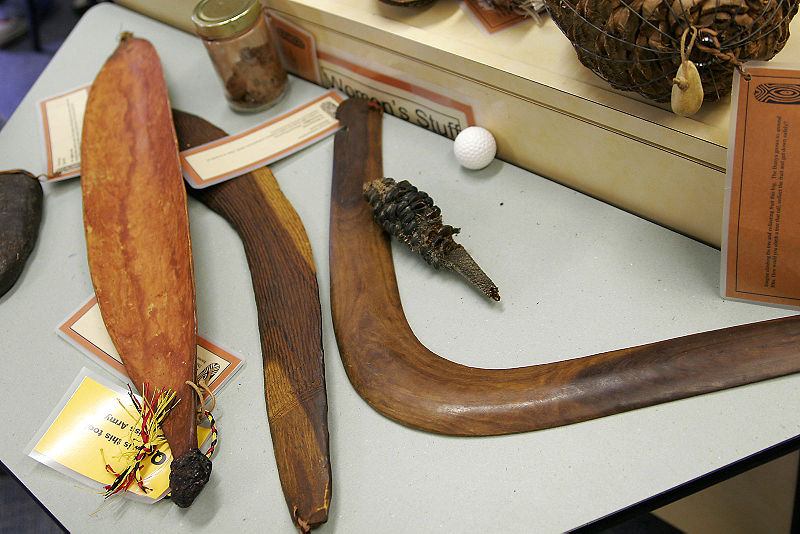Copyright © 2005 RAW Productions
To learn more piano "tricks of the trade," you are invited to visit: http://www.mrronsmusic.comand http://www.playpianotonight.com
If you are like most people, your performance of a piece of music “at first sight” could probably stand some improvement. Oh, to be able to breeze through a brand new piece without all the stops and starts!
What you may not realize is that sight-reading is an art in itself, separate and apart from pianistic ability. Many conservatory musicians, even many soloists, are not the great sight-readers you might expect. Sight-reading is a special craft within the art of music that won’t come automatically.
You must work at it just as you work at technique, or interpretation. You could have the technique of a Horowitz on the keyboard, or a Segovia on the guitar, but still be a laughable sight-reader.
There are many tricks to the sight-reading game, no matter which instrument you play. If these tricks can be used properly, and with regularity, two things will happen: 1) your sight-reading improves, of course, and 2) your over-all technique automatically improves. And if you regiment yourself to a daily sight-reading program, even just fifteen minutes’ worth, your entire outlook on your instrument will change drastically in a matter days!
If you practice scales, for example, you only improve your ability in playing scales. Nothing more. However, with sight-reading practice, you improve your scale playing technique, your octave technique, your arpeggio technique, because you are using actual pieces, which can encompass all of these techniques and more.
Let’s talk more of those “tricks” that will get you on the road to better sight-reading.
First of all, you need a metronome. That’s trick number one.
What A Metronome Does For Sight-Reading:
Have you ever played chess, or watched people play chess by time-clock? The object of time-clock chess is that each player has a stipulated amount of time in which to make his or her move. They cannot exceed the amount of time allotted, or else the bell will sound and s/he will be penalized. This is exactly how we use a metronome in sight-reading. We must make our ”move” to the next note, or next chord, within a set time period.
And that’s the trick that gets our reflexes going. Sight-reading is nothing more than training our reflexes. In order to do this we have to fight the time-clock. In the case of music, our time-clock is the metronome. It’s an absolute necessity if you are serious about becoming a good, or better sight-reader. Besides that, you will find it invaluable for other practice purposes, which we will deal with in the future.
There are all kinds of reasons for having a metronome. So you might as well invest.
What you may not realize is that sight-reading is an art in itself, separate and apart from pianistic ability. Many conservatory musicians, even many soloists, are not the great sight-readers you might expect. Sight-reading is a special craft within the art of music that won’t come automatically.
You must work at it just as you work at technique, or interpretation. You could have the technique of a Horowitz on the keyboard, or a Segovia on the guitar, but still be a laughable sight-reader.
There are many tricks to the sight-reading game, no matter which instrument you play. If these tricks can be used properly, and with regularity, two things will happen: 1) your sight-reading improves, of course, and 2) your over-all technique automatically improves. And if you regiment yourself to a daily sight-reading program, even just fifteen minutes’ worth, your entire outlook on your instrument will change drastically in a matter days!
If you practice scales, for example, you only improve your ability in playing scales. Nothing more. However, with sight-reading practice, you improve your scale playing technique, your octave technique, your arpeggio technique, because you are using actual pieces, which can encompass all of these techniques and more.
Let’s talk more of those “tricks” that will get you on the road to better sight-reading.
First of all, you need a metronome. That’s trick number one.
What A Metronome Does For Sight-Reading:
Have you ever played chess, or watched people play chess by time-clock? The object of time-clock chess is that each player has a stipulated amount of time in which to make his or her move. They cannot exceed the amount of time allotted, or else the bell will sound and s/he will be penalized. This is exactly how we use a metronome in sight-reading. We must make our ”move” to the next note, or next chord, within a set time period.
And that’s the trick that gets our reflexes going. Sight-reading is nothing more than training our reflexes. In order to do this we have to fight the time-clock. In the case of music, our time-clock is the metronome. It’s an absolute necessity if you are serious about becoming a good, or better sight-reader. Besides that, you will find it invaluable for other practice purposes, which we will deal with in the future.
There are all kinds of reasons for having a metronome. So you might as well invest.
You may also like:

